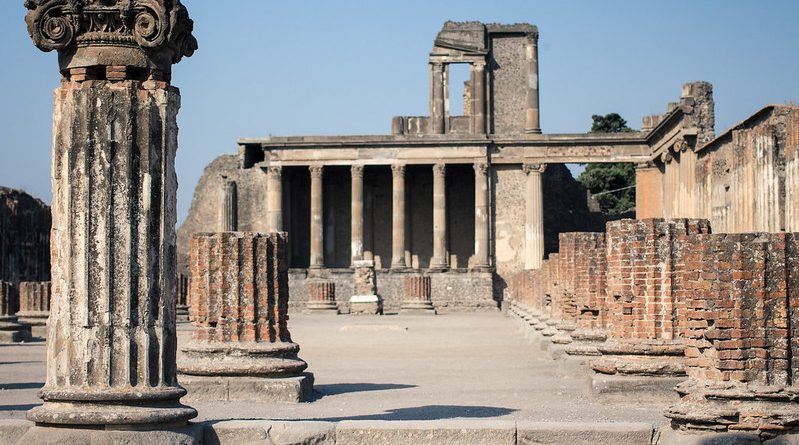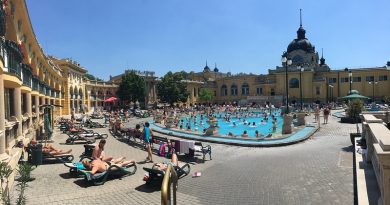The Top 5 Things To See & Do In Pompeii
One of Italy’s most popular tourist attractions, Pompeii is a short drive away from Naples and best known for its archaeological remains from the eruption of the nearby Mount Vesuvius in 79 AD, which devastated the ancient city and left it covered in volcanic ash. Despite this, there are a number of surviving complexes, which give visitors an unparalleled insight into life during the Roman Republic.
Shrine of the Virgin of the Rosary of Pompeii
While Pompeii is best known for its ancient ruins, this comparatively more contemporary structure is well worth seeking out. Built at the beginning of the twentieth century in 1901, the cathedral is known for its stunning design and more importantly for the eponymous van Dyck painting housed within its confines. A spectacular work of art and a spectacular building both worth visiting.
Villa of the Mysteries
One of the most iconic sites in Pompeii, the Villa of the Mysteries is a very well-preserved home, which mostly survived the eruption of Vesuvius in 79 AD. The villas gets its names for the frescoes which purportedly depict the initiation of a woman into a mystery cult, a secretive religious organization in Ancient Rome and Ancient Greece. The frescoes remain a source of debate amongst academics regarding their clear meaning, but remain a sight to behold. The villa is a staple of tourism in Pompeii and for good and ample reason.
House of the Faun
Dating back to the late 2nd Century BC, the House of the Faun is one of the most impressive sites still standing in Pompeii. One of the most illustrious homes in Pompeii, the findings sourced from the House of the Faun have been incredibly insightful in understanding the period. The House was home to a vast collection of art, most notably the Alexander Mosaic, which is now housed in Naples. Both a historical marvel and an insightful cultural insight into Roman domestic life, the House of the Faun is an essential destination for visitors to Pompeii.
Amphitheatre of Pompeii
The oldest Roman amphitheatre still standing, the Amphitheatre evaded significant damage following the eruption and provides a valuable insight into Roman culture. Built around 70 BC, it predates the construction of the Colosseum by over a century. In addition to its cultural and historical significance, the Amphitheatre has become an important site in modern times as a venue for festivals and concerts, with the celebrated band Pink Floyd famously filming a concert film there in 1971 and the band’s guitarist performing recently in 2016.
Temple of Apollo
A former temple dedicated to Apollo, god of the Sun, this is one of the city’s most essential historical landmarks. Pompeii’s most important surviving religious site, it was overseen by the cult of Apollo, which held considerable religious influence in the region. An insightful site in Pompeii which gives visitors an important glimpse into religious life of the time.




